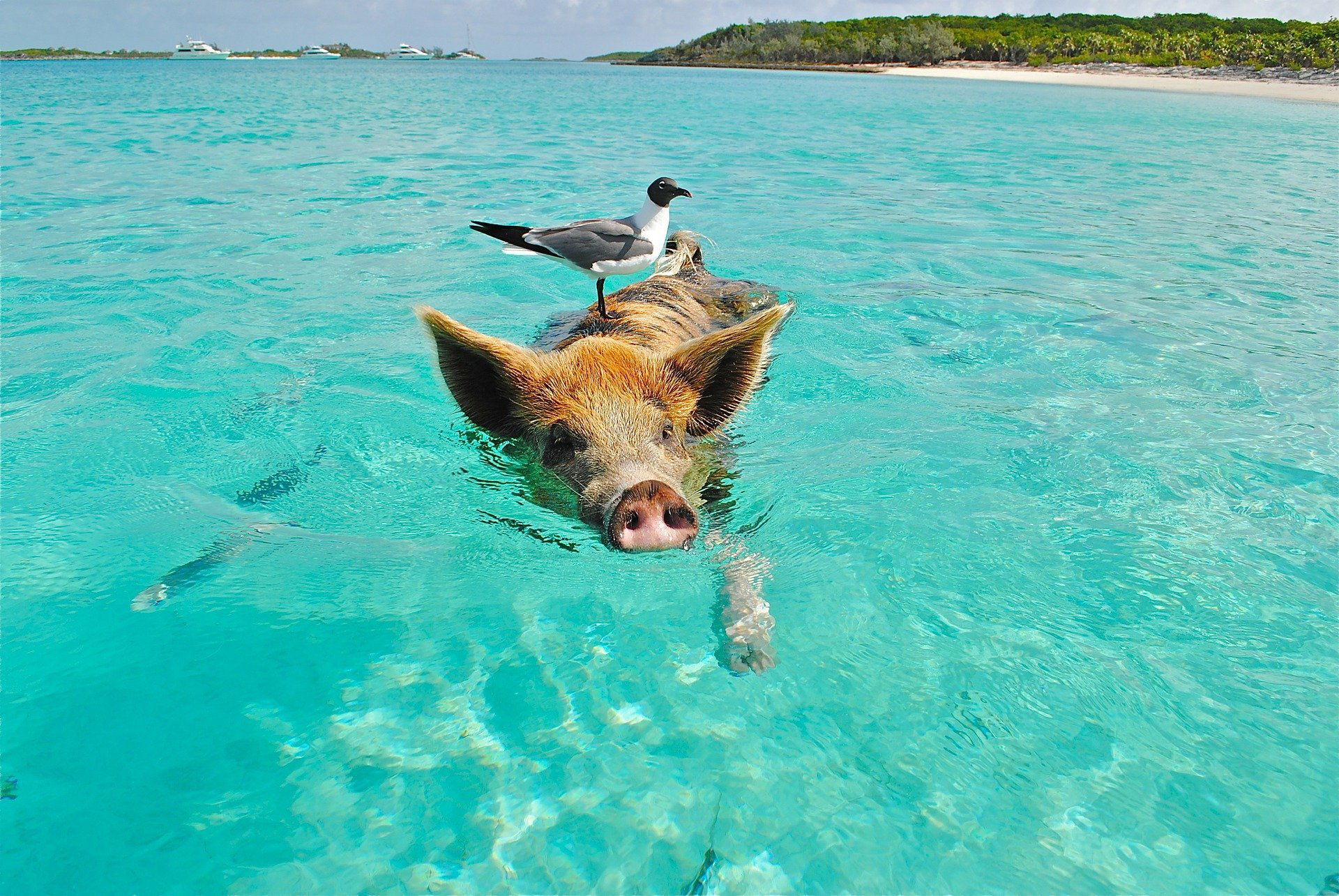History of the Bahamas: From Ancient Times to Modern Times
Introduction
The Bahamas, a country of nearly 700 islands in the Caribbean, is known for its history and cultural diversity. From ancient civilizations to modern tourist destinations, the history of the Bahamas offers a fascinating story. Its natural beauty, historical sites, and cultural diversity create a particularly interesting experience for tourists.
Ancient Era: Taino and Lucayan Civilizations
The ancient history of the Bahamas is notable for the influence of the Taino and Lucayan peoples. These indigenous groups inhabited the islands of the Bahamas, and their culture and way of life have played a significant role in the history of the islands. They were known for their agriculture, fishing, and maritime culture.
Colonial Era: European Invasion
In 1513, Spanish explorer Christopher Columbus arrived in the Bahamas, and it became known to Europeans. Under Spain, the early history of the Bahamas was influenced by European colonial powers. However, after Spanish rule, the English took control of the islands and established the first English settlement in 1650.
18th century: English rule and slavery
In the 18th century, the economic and social structure of the Bahamas changed significantly under English rule. African slaves were brought in through the indentured servitude system and began working in Bahamian agriculture and other industries. Slavery had a profound impact on Bahamian society.
20th century: Independence struggle and modern era
The Bahamas first gained autonomy in 1967 and full independence from British rule in 1973. After independence, the Bahamas continued to develop its own culture and economy as an independent nation. Today, the Bahamas is a popular tourist destination and is known as a modern nation with a thriving economy.

Main sights and tourist attractions
The sights and tourist attractions of the Bahamas reflect its natural beauty and cultural diversity:
- Nassau : The capital city of the Bahamas, known for its colorful buildings, historic sites, and shopping centers, Nassau's cultural life and recreational activities attract tourists.
- Paradise Island : A popular tourist destination, known for its white sandy beaches and luxury resorts. Here, tourists can enjoy swimming, snorkeling, and other water-based activities.
- Abaco Islands : Known for its natural beauty and peaceful environment, the Abaco Islands offer beautiful beaches and ocean views.
- Eleuthera : A historic island, famous for its ancient architecture and cultural heritage. The old town and museums of Eleuthera Island are worth a visit.
- Grand Bahama : The second largest island in the Bahamas, known for its natural beauty and tourist attractions. Grand Bahama offers natural parks, beaches, and adventure activities.
Culture and tradition
The culture of the Bahamas is a rich blend of its ancient indigenous traditions and European influences. The country's culture includes a variety of music, dance, and cuisine. The "Bahamian song" and "jinkyling" are known as part of the national culture of the Bahamas.
Conclusion
The history of the Bahamas presents a rich and diverse story, from ancient civilizations to the modern era. Its natural beauty, historical sites, and cultural diversity provide a special experience for tourists. The Bahamas, through its history and cultural heritage, is known as a popular tourist destination.